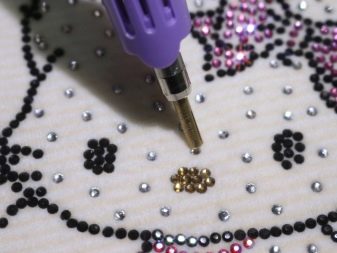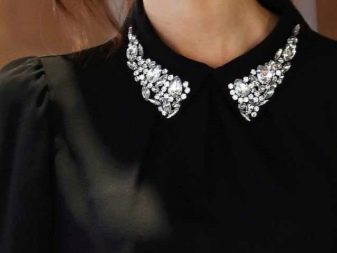How and with what to glue rhinestones on fabric at home?
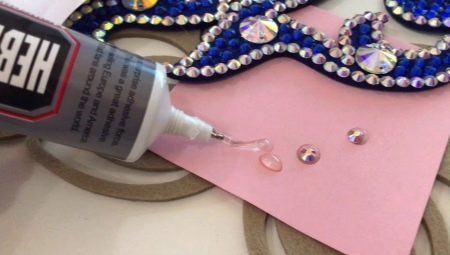
For several years now, rhinestones have been one of the most popular garment décor items. They can be easily glued to clothes or accessories at home. There are three main methods of fixing, each with its own characteristics.
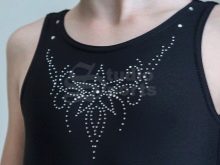
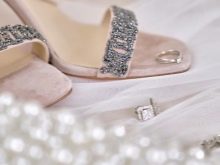

The choice of glue and work with it
The most common rhinestone fixative is glue. It can be purchased in stores. You just need to choose an option that is suitable for all parameters. The quality of the adhesive depends on the reliability of fixation, as well as the accuracy and visual appeal of the glued decor. The most popular are:
- Epoxy resin. It is a versatile adhesive that is ideal for almost all types of surfaces. The only exception is glass. Epoxy has two features: it dries for a long time, leaves marks on the surface if used carelessly. The advantage is a secure fit.
- A special tissue adhesive that is sold in plastic containers with a pointed top. It is this important detail that allows even the smallest rhinestones to apply the required amount of adhesive. The peculiarity of this option lies in the fact that after drying, the glue becomes hard and transparent, and, therefore, virtually invisible.
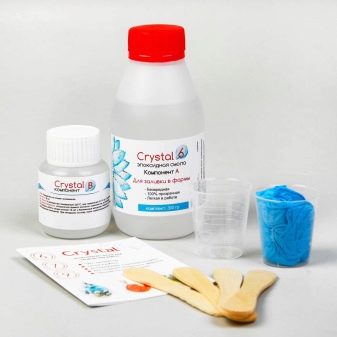

In stores, you can find several different glue options that fall into one of the two categories above. The most common are the following:
- Fevicryl Fabric Glue Indian production - the composition is based on epoxy paste, it is easily applied due to the applicator nozzle, the final fixation is observed after 24 hours;
- E6000 CRAFT from the USA - belongs to the category of textile adhesives, the universal method of cold fixing provides a strong and elastic connection, does not have a pronounced odor, excess is easily removed from the surface;
- Danscouture American-made: non-toxic, water-based, does not deform fabric when applied;
- epoxy adhesive 500-35 - has ideal adhesive properties, has a relatively high cost.
It is noteworthy that the latter composition is very often used for decorating jewelry with Swarovski crystals.
Large rhinestones can also be glued with a heat gun. It will be very problematic to fix small ones in this way.
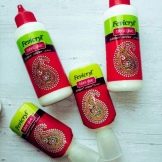
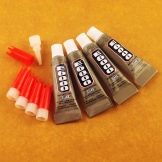

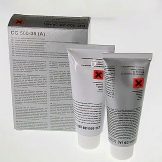
It is highly discouraged to use superglue or glue-moment for the same purpose. There are several reasons for this. Firstly, both compositions have a pungent specific smell, therefore, with prolonged work with them, unpleasant symptoms often arise. The seizure of the rhinestones with the fabric takes place in a few seconds, but if excess glue gets on the material, the thing will lose its original appearance forever. It is almost impossible to remove stains from such glue.
If, nevertheless, rhinestones are glued with this type of glue, then it is recommended to choose colorless compositions. Green-yellow glue is completely unsuitable for this purpose, since the color will be noticeable. Superglue should be applied as carefully as possible, in small drops. After applying, you should wait a few seconds, and then immediately glue the rhinestone to the designated place. If there are residues of the adhesive, then it is better to remove them immediately with a cotton swab or a damp cloth.
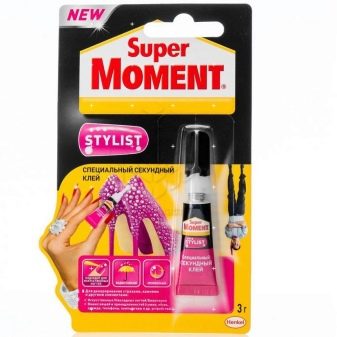
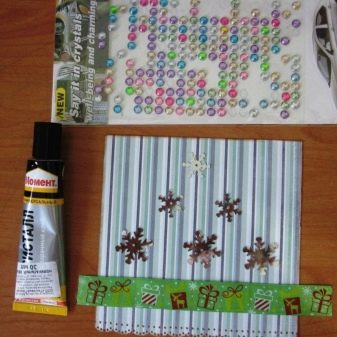
Bonding with tape
Another common fixing method is with double-sided tape. There are also several important nuances here:
- it is better to glue not individual rhinestones on the tape, but a whole row;
- this material is more suitable for use on accessories that do not have to be washed later;
- when working with scotch tape, you need to have skills, since this material often sticks together, wrinkles.
The advantages of scotch tape are the relatively low cost and the ability to glue a large number of rhinestones of different sizes in a short time. The disadvantage is the unreliability of the fixation. In most cases, the decor will come off during washing.
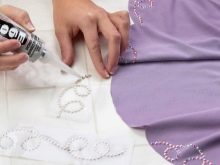

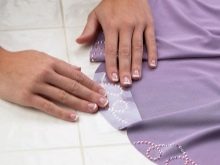
Iron application
For gluing rhinestones on various surfaces, an iron is often used. There are two main methods for hot fixing. Each of them has both advantages and disadvantages.
To implement the first method, it is recommended to prepare all the necessary materials and tools: iron, rhinestones, gauze or other identical material. The process is simple, but it consists of several stages.
- The fabric should be laid out on a smooth and even surface. Put rhinestones on top in a certain sequence. Most often this is some kind of drawing or composition.
- From above, the decor must be carefully covered with gauze so that the rhinestones do not move from this action.
- Further on the gauze should be carried out as carefully as possible with an iron.
The heating temperature of the iron depends on the type of fabric used. If it is a light material, then it should not be heated too much, as it may deteriorate. In addition, the rhinestones themselves are capable of deforming from the high temperature.
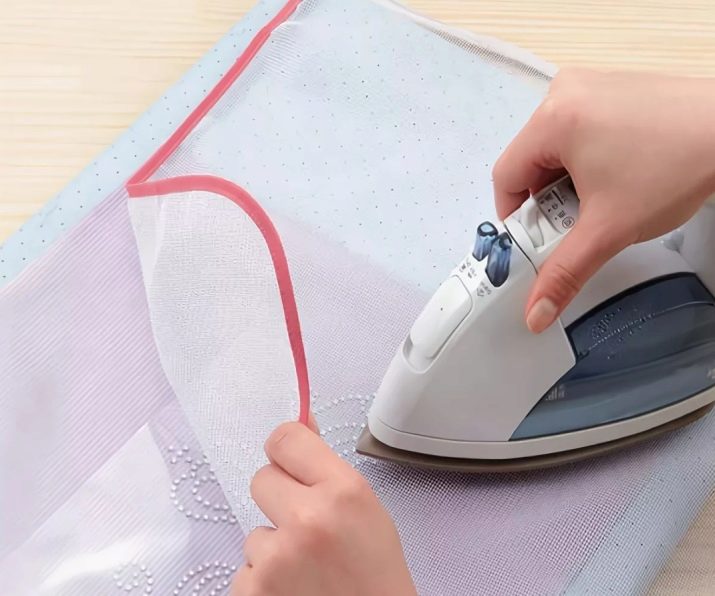
The second method is more complicated in terms of the technique of its execution. First, you need to fix the iron in position with the sole up. You can fix it on a stand, which is designed for ironing sleeves. Next, you need to follow several steps in sequence.
- The iron should be left cold for now and the rhinestones that are supposed to be used should be laid out in a chaotic manner on its surface. In this case, the iron itself simply serves as a heating surface.
- Place a transparent cloth on top of the drawing on paper.
- It is recommended to position the iron indicator at the middle mark, since excess overheating will lead to deformation of the rhinestones themselves, and insufficient temperature will not give the desired adhesion. Transfer the rhinestones to the drawing as soon as possible. Use your free finger to press down on the rhinestones for best grip.
The second method is not only more difficult, but also very traumatic. In order not to get burns in the process of gluing rhinestones, it is recommended to wrap the finger with which they are pressed with gauze for the purpose of protection.

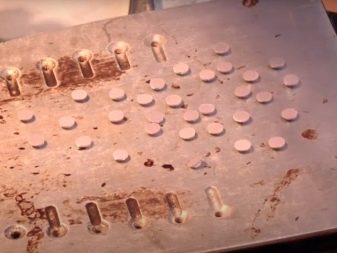
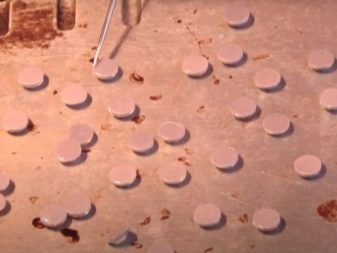
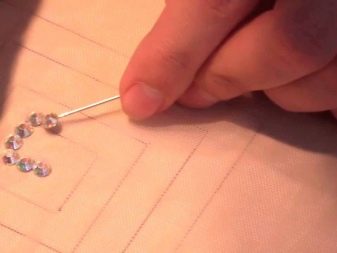
There are fabrics that cannot be heat treated. For these cases, it is recommended to purchase self-adhesive rhinestones. This material will be more expensive in cost, but it will be possible to glue them as quickly as possible.
You can also use a special soldering iron applicator. It is ideal for decorating materials such as velvet. The device has several attachments, suitable for jewelry of different diameters. The soldering iron heats up the thermo-rhinestones well, thanks to which they are securely fixed even on relatively difficult materials.

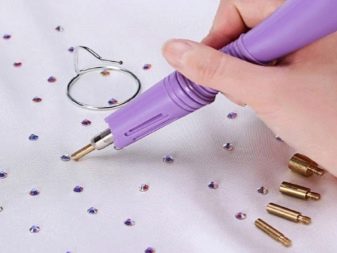
In order to properly glue the rhinestones to the fabric at home, you also need to position them correctly. Initially, the required drawing must be fixed on thin paper. Then you need to transfer the pattern to the fabric, using special crayons for this. Already on the finished stencil, you can safely place rhinestones.
Sometimes it is required to glue rhinestones not only on ordinary clothes, but also on those that have a special purpose. The gymnastic leotard is a prime example. The tricky part here is that the swimsuit initially needs to be stretched. Only in this state will it be possible to properly decorate the product.
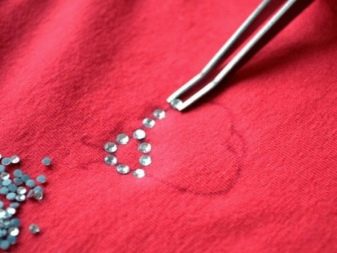
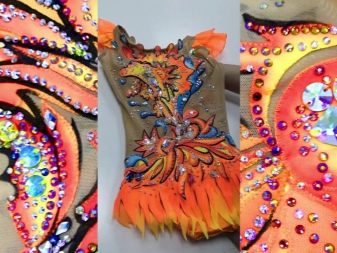
Follow-up care
Even if the rhinestones were glued very efficiently and accurately, with improper care of the product, they will gradually begin to fall off. To prevent this from happening, you need to follow some recommendations.
- Things that have rhinestones are not recommended to be soaked in either warm or cold water. Prolonged exposure to moisture will weaken even the toughest adhesive over time. As a result of such manipulations, the rhinestones will fall off.
- It is better to wash clothes with rhinestones by hand, while the water temperature should not exceed 30 degrees... Hot water also has a negative effect on the adhesive.
- Another irritant is washing powder. When washing products with rhinestones, it is best to use liquid detergents that do not contain aggressive components, such as chlorine.
- The adhesion of the adhesive is negatively affected by fabric softeners. That is why it is best not to use such formulations.
- During the ironing process, it is recommended to avoid direct contact of the iron with rhinestones... Heating can deform or loosen the adhesive.
- In order to iron a thing, you need to iron it through cheesecloth or some similar thin fabric.
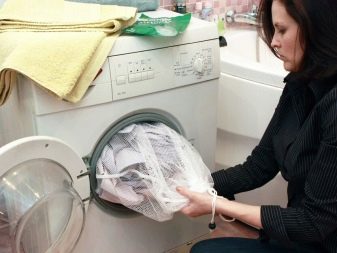

There are several ways to glue rhinestones to clothing and other products. The main principle that must be adhered to is the reliability of fixation. It is important to first decide on the gluing technique, choose a high-quality adhesive, and only then consistently and efficiently perform the rest of the work. Only in this case the rhinestones will be firmly fixed, and the product itself will look neat and attractive.
